Call us: +975 77 75 42 22
TRONGSA
The Vanguard of the Warriors – Trongsa Dzongkhag is located near the centre of Bhutan and was considered crucial in controlling the kingdom in earlier years due to its strategic position. This town is situated on a steep ridge and offers spectacular views of the deep valleys surrounding it. The various hotels, guesthouses and restaurants all offer stunning views from their balconies. Trongsa Dzong is easily visible from anywhere in town and is always an impressive sight.
The Trongsa Dzong, which was built in 1644, used to be the seat of power of the Wangchuck dynasty before they became rulers of Bhutan in 1907. Traditionally, the King of Bhutan first becomes the Trongsa Penlop (governor) before being named the Crown Prince and eventually the King. Built on a mountain spur high above the gorges of the Mangde Chhu, the dzong controlled east-west trade for centuries. Trongsa also boasts an impressive museum. The watchtower of Trongsa has been converted into a museum dedicated to the Wangchuck dynasty and is a good place to learn about the history of the kingdom.
A five-day festival known as the Trongsa tsechu is held in the northern courtyard during December or January. Every monastery in Bhutan observes this festival, which celebrates the arrival of Guru Rimpoche to Bhutan in the 8th century, a mark of triumph of Buddhism over evil. It is held in spring and autumn seasons according to the Bhutanese calendar.
This watchtower, which once guarded Trongsa Dzong from internal rebellion, stands on a promontory above the town. It was built by Chogyal Minjur Tempa, the 1st Governor of Trongsa in 1652. It has four observation points resembling Tiger, Lion, Garuda, and Dragon.
Climb up the path to visit Ta Dzong, which now houses a shrine dedicated to the epic hero, King Gesar of Ling. A visit to this former watchtower provides visitors with an insight into the significance of Trongsa in Bhutan’s history. As of date the Ta Dzong of Trongsa is the most fascinating museum of the nation.
This two storied palace located just above the highway in town is the birth place and childhood home of the Late King Jigme Dorji Wangchuck. The other palace of interest is the Eundu Choling Palace which was the winter residence of the 1st King Ugyen Wangchuck.
Kuenga Rabten Palace: The 23 km. drive from Trongsa to Kuenga Rabten takes about an hour and passes through open countryside high above a river gorge. It was the winter palace of the second king and is now looked after by the National Commission for Cultural Affairs.
En route to Trongsa is Chendebji Chorten, patterned on Kathmandu’s Swayambhunath Stupa, with eyes painted at the four cardinal points. It was built in the 18th century by Lama Zhida to cover the remains of an evil spirit that was subdued at this spot. Legend says that the evil spirit manifested as a gigantic snake.
